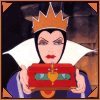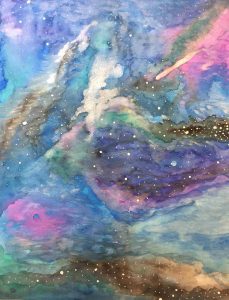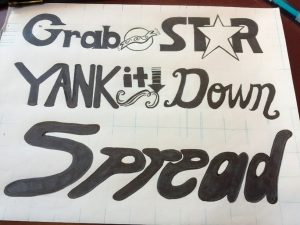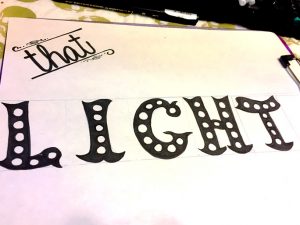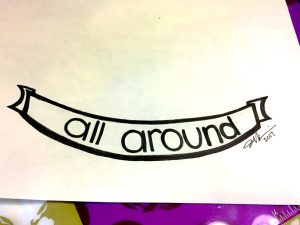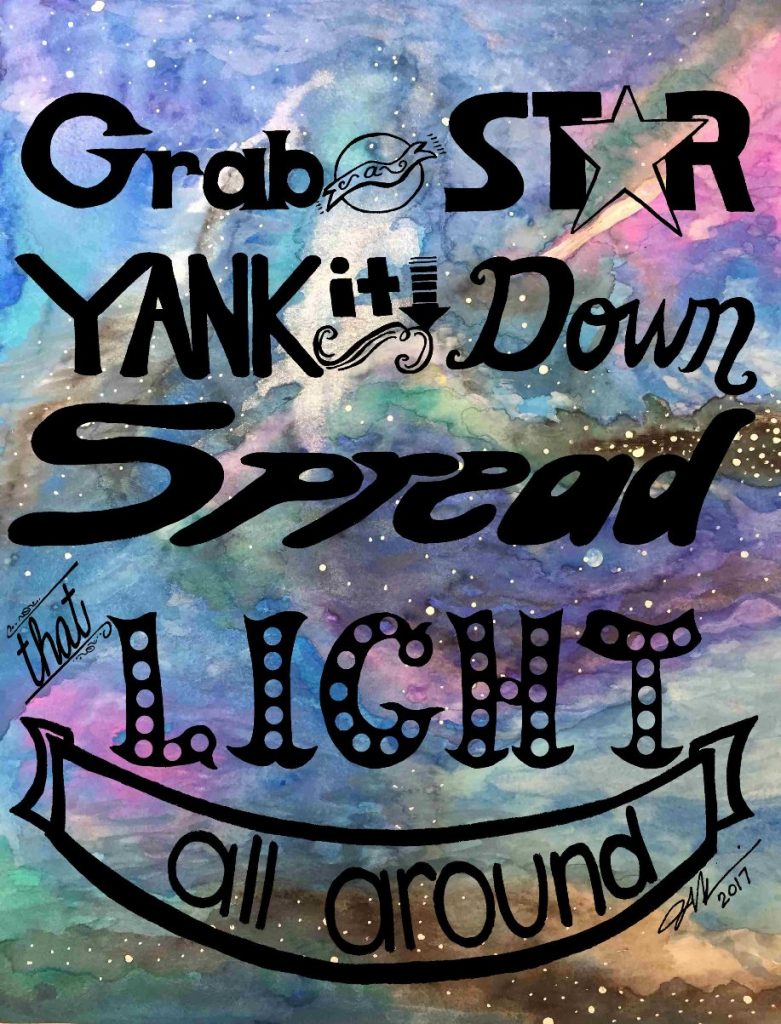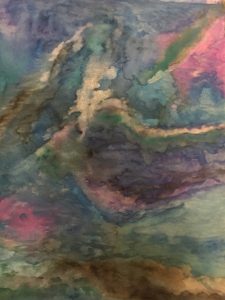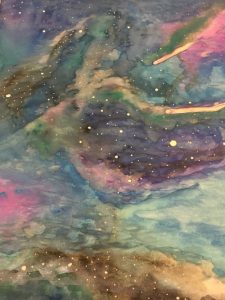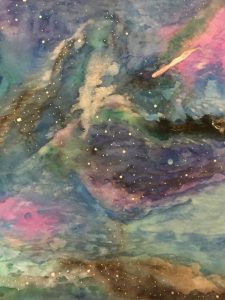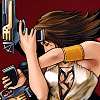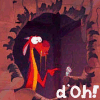
Congratulations! We’re now in Week 4 of the Make Art Not War Challenge 2017. How are you doing? This month’s theme was PLAY, and I hope you’ve embraced that with vigor. The theme was designed for you to plant the seeds for discipline; I will help you grow as the year continues, by building off of this initial theme every month.
Okay, now that we’re in week four this is a good time for me to check in with all of you and see how committed I’ve been to my pledge.
My Make Art Not War 2017 Challenge pledge:
- I pledge to devote one hour a day to my original art.
- If I don’t feel motivated, I pledge to write down the reasons why I wanted to take this challenge for fifteen minutes or one-to-three pages whichever comes first.
- I pledge to mark down on the calendar whenever I complete a day’s efforts.
- As the challenge creator, I pledge to create a weekly accountability post every Wednesday beginning on January 9th. Comments will be open. Hashtag #makeartnotwar2017 #manw2017
- I pledge to check into social media twice a week for personal use, and once a month with my local community of artists and writers.
January 2017 Accountability
- I made original art for one hour every day when I could. I had a convention, and I figured out that making art while at conventions is more involved than I imagined it would be.
- I did not have a problem with motivation.
- I used gold star stickers to mark down on the calendar when I made art.
- I have posted the accountability posts and did use the hashtags #makeartnotwar2017 #manw2017.
- I did fall down on social media usage, because I wanted to keep abreast of political changes and right now I’m regretting that. More on this below.
Okay, so where I fell down was on social media. It’s hard to extricate myself from it, because I do log in for work. The problem isn’t doing that “one quick thing”, it’s the fact that I have had 24-7 access to it on my phone, my dual monitors, etc. So, yesterday I made the decision to remove access on my phone; I’ll put it back when I’m traveling, but for now this is the safest and best approach going forward.
How I’ve Been Using Social Media
In talking to other friends so many of us rely on social media for making plans and remaining in touch as well. I can’t tell you how many conversations I’ve had that begin with “Well, didn’t you see what happened on Facebook?” Even when I do use it, I’m not on it enough to know or read what everyone is up to. I’ve been engaging with Facebook Groups more, though, and I also use Messenger. The nice thing about Messenger, is that it’s a separate app so I don’t need Facebook on my phone. That’s definitely staying.
With respect to Twitter, I was using the service as a news aggregator and… Well, I just cannot have access to the news 24-7, either. The only solution is to disconnect and stick to my original pledge. It didn’t affect my productivity this month, but that’s never the problem. The issue is that it impacts my mood, and that’s when my focus and enthusiasm for my original art tends to go by the wayside.
I’m seeing quite a few of you checking in on the Twitter hashtag–and that’s great! Don’t be afraid to revisit your personal promises, too, because next week’s check-in kicks off a brand new month. Exciting!
Creative Challenge: Turning “No’s” Into “Yes’s”
Some of you may have stopped and started on this challenge. You had every intention of making art every day, of setting aside your frustration, and focusing on yourself. You might feel guilty for taking that time, or might be comparing yourself to other, more established artists wondering if you’ll ever get “there.” Or, you might feel a ton of pressure to be perfect or make a gorgeous, saleable piece of art every time you sit down to create.
Negativity is a Creative Challenge that you’ll have to overcome if you want to establish a routine and sharpen your focus. Right now, what you’re telling yourself is “No, I can’t do this.” The reasons why you’re saying “No.” will vary widely, but that negativity is exacerbated by everyone around you and our current political climate. It does have an impact, even if you can’t see it now; artists are keen observers, because it’s up to
The question you need to ask yourself is: “How do I turn a ‘No’ into a ‘Yes’?” If you cannot say “Yes, I will devote my time to making art and focusing on my craft.” then how can you expect anyone else to publish, buy, or support your finished works?
Your reasons for saying “Yes!” to yourself will also vary; the first step, however, is to recognize that you are saying “No.” Then, it’s up to you to figure out why that is to overcome your personal, often very emotional, challenge. I believe you can do it, and I wish you the best of luck.
Now that we’re a month in–tell me how you’re doing! Comments are open, and I’d love to hear how this challenge is impacting your life as an artist.

